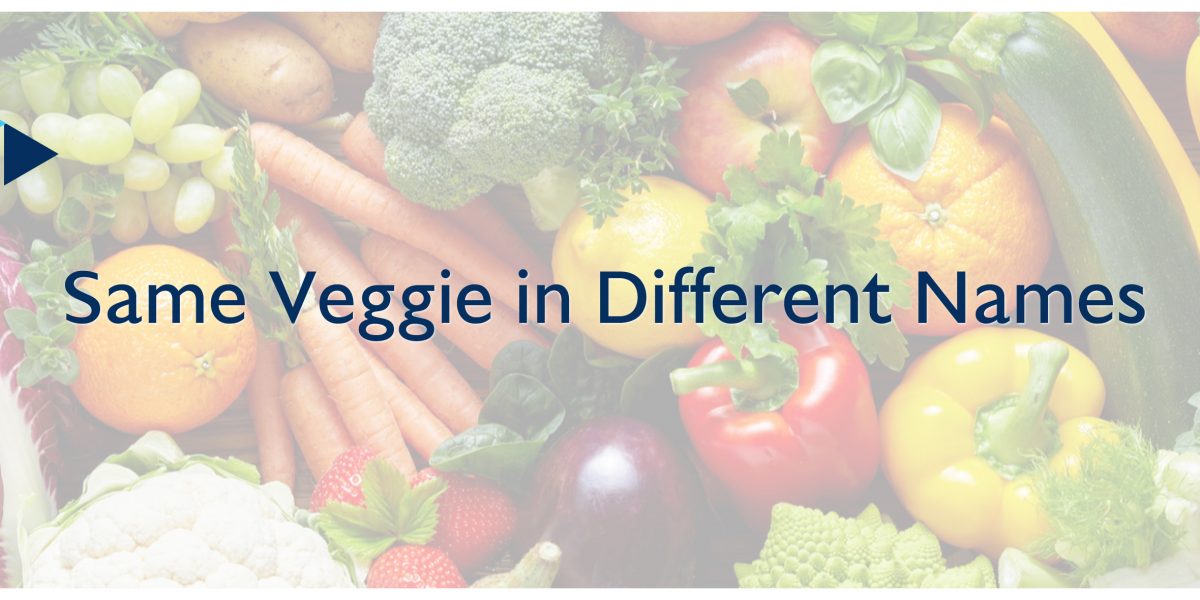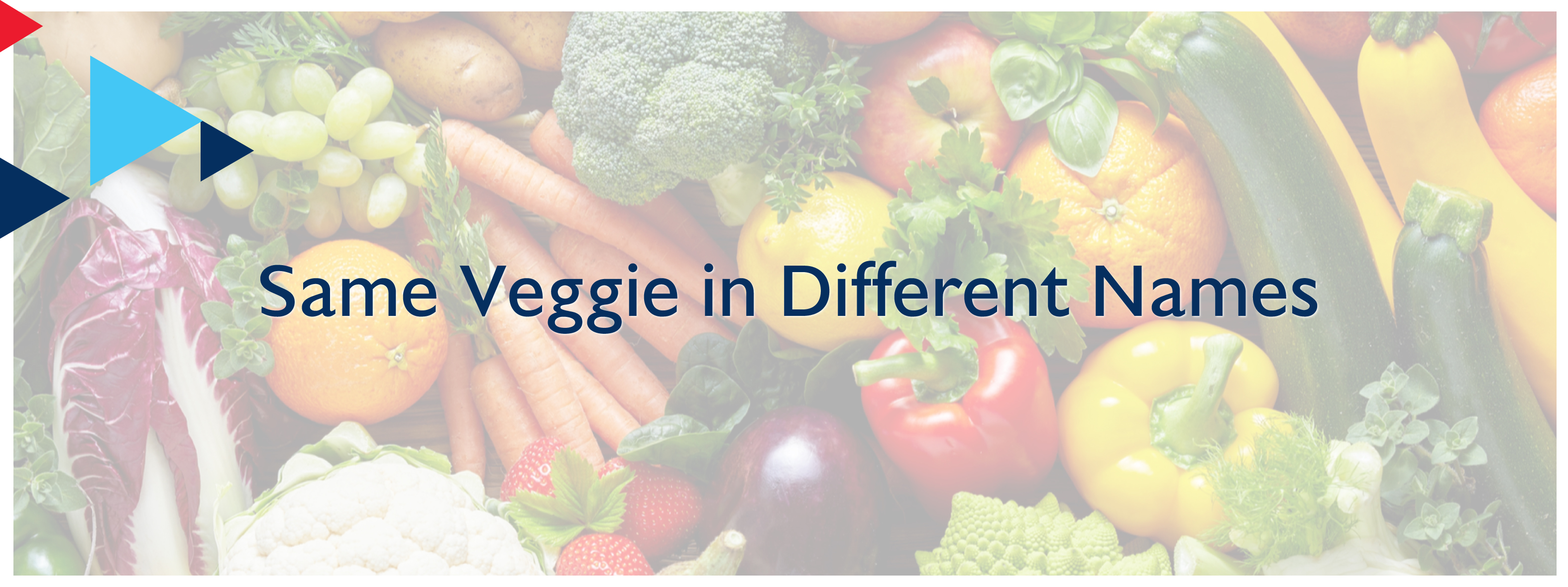
Same Veggies in Different Names – Thai people in different regions refer to some vegetables with different names, according to their local dialects. Some of the names of vegetables in Thai are similar to their English names. The differences in their names partly result from the dissimilar versions of American and British English. For the case of American English, many names were introduced from the languages of immigrants. Interestingly, it is not always the British English versions of vegetable names that have the most difficult spellings.
This issue brings about confusion not only to Thai students, but also to native speakers of English. Here are five examples.
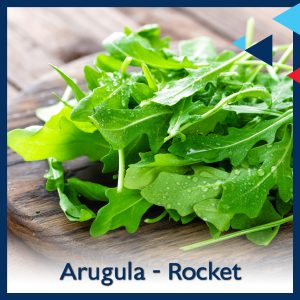
Arugula & Rocket – Both signify the same kind of peppery green leaves popularly used in salads. Etymologically coming from the Latin root ‘eruca,’ this vegetable has been consumed in Mediterranean regions since ancient times. The name turns to be ‘ruchetta’ in ancient Italian and ‘roquette’ in French, finally adopted in British English as ‘rocket.’
Americans began widely using the term ‘arugula’ in the 1980s, introduced by Italian immigrants and descendants, assumingly following the Italian term ‘rucola.’
Beets & Beetroot – beetroot ‘Beetroot,’ also known as ‘table beets’ or ‘garden beets,’ are referred to by Americans simply as ‘beets.’ This vegetable with dark violet bulbs as its roots can be eaten either fresh, cooked, or pickled. It belongs to the same family as ‘sugar beets,’ but with different nutritious and genetic features. The latter has white bulbs, and is planted for the purpose of having its sugar content extracted. Meanwhile, ‘beetroots’ offer no distinct sugar, but can be used for natural coloring.
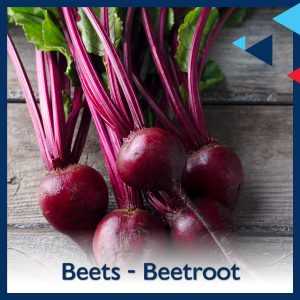
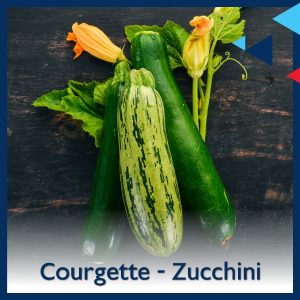
Courgette & Zucchini – Basically, both are edible forms of the cucurbit plant. The word ‘courgette’ is used among British and New Zealand people, while that of ‘zucchini’ is used in North America and Australia. Its skin colors can be varied from yellow to dark green. These different names in English presumably come from the French loanword for the former, and from Italian for the latter.
Another distinction deals with the matter of sizes. Courgettes are the young finger-size ones with a length of between 4 to 14 centimeters. Zucchinis are larger. The very large ones can also be called ‘marrow.’
Scallion & Spring Onion – Both look alike, but are not the same thing. In comparison to scallions, spring onions have smaller bulbs with a more mellow and sweeter taste, while its green leaves are more pungent. The distinction is its harvesting season during the spring, which is the origin of its name, while scallions are available throughout the year. Nonetheless, scallions are sometimes called spring onions in the UK and Canada. Another confusion comes because scallions look the same as green onions when they are young.
Leeks and chives are share a similar configuration of having green leaves with a white stalk at the base. The former has a garlic-like taste and with longer stalks than others, while the latter has slimmer stalks and bulbs with a bit harder texture.
All terms usually appear in the plural form with -s at their end due to the use of many of them at the same time in cooking.
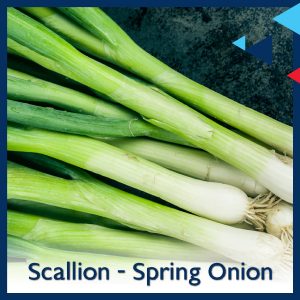
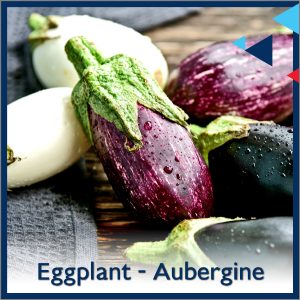
Eggplant & Aubergine – Both are the same vegetable regularly appearing with dark skin, usually a dark violet, with their origin from the Indian subcontinent. While Americans call it ‘eggplant,’ the British call it ‘aubergine’ following the origin of the French term. One assumption about the coining of the term ‘eggplant’ is that Americans in the 18th century compared the white and yellow versions to similarly appearing goose eggs.




